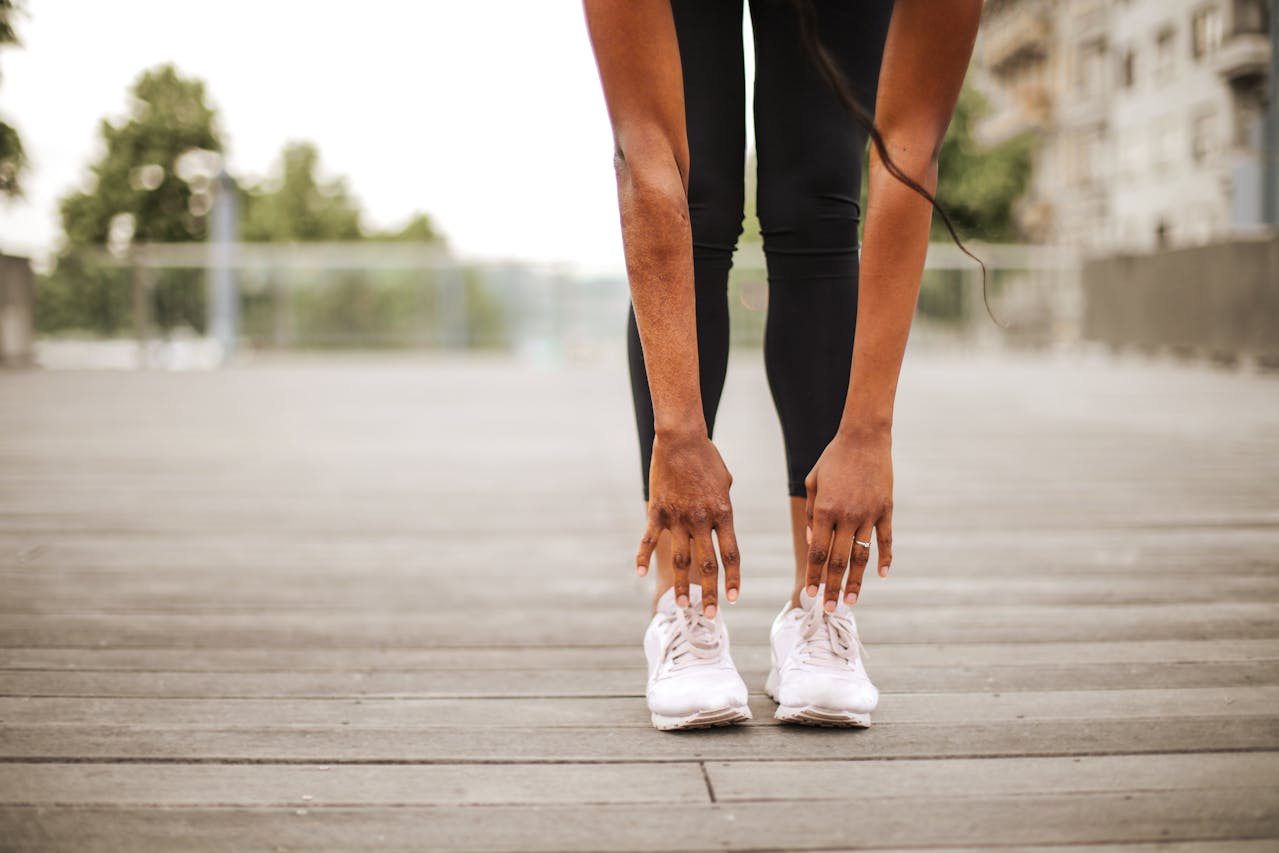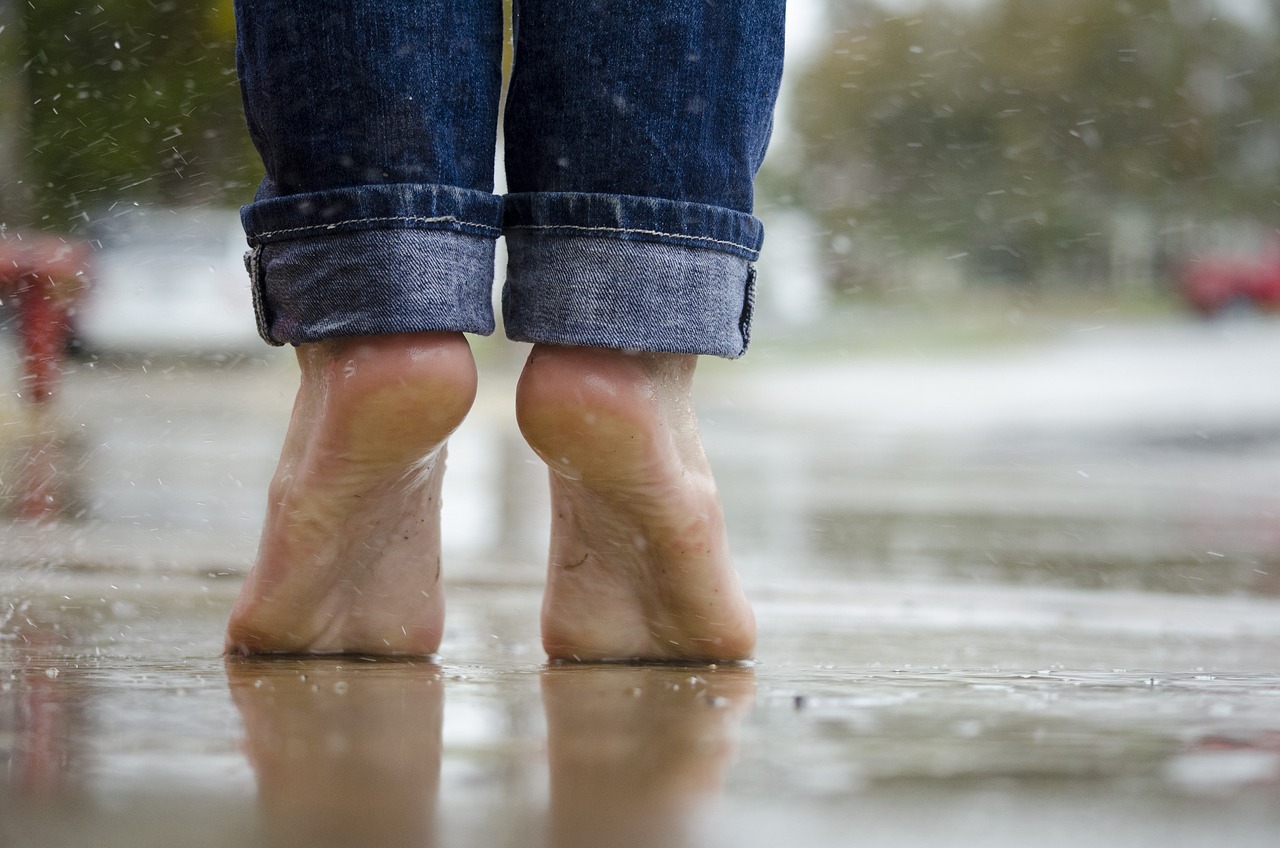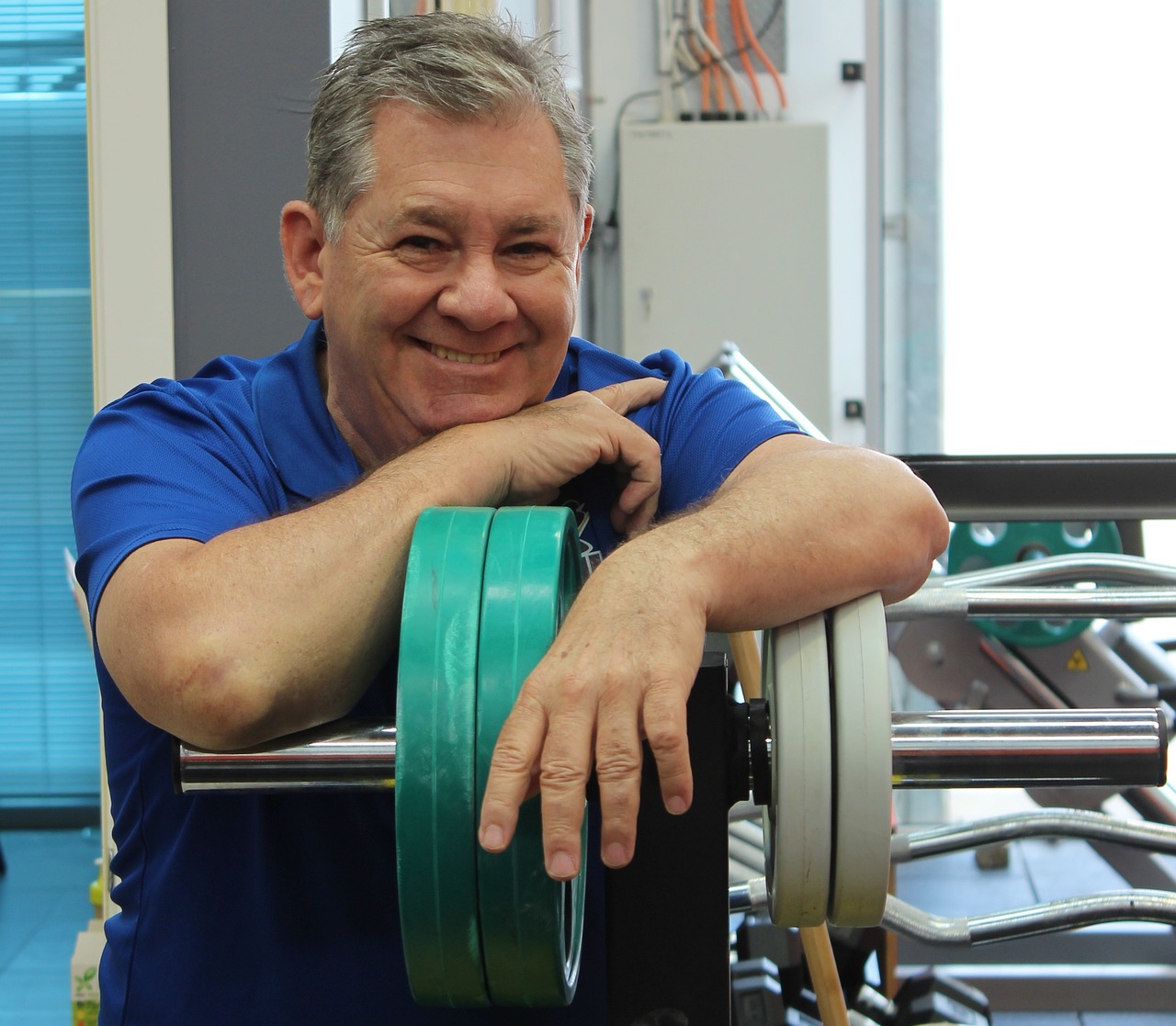Embarking on a fitness journey without a proper warm-up is like setting sail without a compass—you might stay afloat, but you're unlikely to reach your destination efficiently. For the recreational lifter, especially those balancing a 9-to-5 desk job with an active lifestyle, the warm-up phase is crucial. It's not just about breaking a sweat; it's about priming your body for the challenges ahead. While a quick five-minute cardio session might raise your core temperature, it doesn't adequately prepare your muscles and joints for the specific demands of weightlifting or high-intensity training. Incorporating both corrective exercises and dynamic movements can address muscle imbalances and enhance overall performance.
The Case Against a Quick Cardio Warm-Up
Many fitness enthusiasts default to a brief cardio session as their warm-up, believing it's sufficient to prepare their bodies for exercise. However, merely increasing core temperature doesn't ready the muscles and joints for the specific movements they'll perform. A study published in the *Journal of Sports Science & Medicine* found that dynamic warm-ups, which involve active movements that mimic the activity to come, are more effective in enhancing performance and reducing injury risk compared to static stretching or passive warm-ups. This approach not only increases blood flow to the relevant muscle groups but also enhances neuromuscular readiness, ensuring that your body is fully prepared for the workout ahead.
Introducing Corrective Warm-Ups (CWU)
For those of us without the luxury of a personal athletic trainer, integrating Corrective Warm-Ups (CWU) into our routines can be a game-changer. CWUs combine multi-joint corrective exercises with dynamic movements to target muscle imbalances while simultaneously warming up major muscle groups. This method ensures that you're not only preparing your body for the workout but also addressing any underlying issues that could lead to injury. By focusing on specific movement patterns and muscle activations, CWUs help in enhancing flexibility, stability, and overall movement efficiency.
Designing an Effective CWU
Creating a CWU isn't about stringing together random movements; it's a strategic process that considers the body's mechanics and the demands of the upcoming workout. The warm-up should be specific to the exercises planned, ensuring that all planes of motion are addressed—forward, backward, lateral, and rotational movements. For instance, if your workout emphasizes the posterior chain with exercises like deadlifts, incorporating anterior chain activations, such as stability ball bicycle crunches, can create a balanced approach. This method not only prepares the muscles for action but also promotes better muscular balance and joint stability.
Benefits of Integrating Corrective Exercises
Incorporating corrective exercises into your warm-up offers numerous advantages. A study in the *International Journal of Sports Physical Therapy* highlighted that such exercises enhance joint mobility, improve muscular activation patterns, and reduce the risk of injuries. By addressing muscle imbalances and promoting proper movement mechanics, corrective exercises help in optimizing performance and ensuring longevity in your fitness journey. Moreover, they can aid in alleviating chronic pain and improving posture, which is particularly beneficial for individuals with sedentary jobs.
Progression and Adaptation in CWUs
As with any fitness regimen, progression is key in CWUs. Initially, exercises should focus on basic movement patterns and gradually increase in complexity and intensity as your proficiency improves. This progressive approach ensures continuous improvement and adaptation, preventing plateaus and reducing the risk of overuse injuries. For example, starting with basic hip mobility drills and advancing to more dynamic movements like lunge variations with rotations can enhance both flexibility and stability over time.
Common Challenges and Solutions
Individuals with specific postural deviations or muscle imbalances may find certain corrective exercises challenging. For instance, those with flat feet might struggle with single-leg balance exercises, while individuals with upper cross syndrome could find overhead movements difficult. It's essential to identify these limitations and address them through targeted corrective strategies. Consulting with a fitness professional can provide personalized insights and modifications to ensure that your warm-up is both effective and safe.
Incorporating Foam Rolling into Your CWU
Foam rolling, or self-myofascial release, can be a valuable addition to your CWU. Research published in the *Journal of Athletic Training* indicates that foam rolling before exercise can enhance range of motion without decreasing muscle performance. By targeting tight or overactive muscles, foam rolling helps in releasing tension, improving blood flow, and preparing the tissue for subsequent dynamic movements. This practice can be particularly beneficial for addressing areas prone to tightness, such as the iliotibial band, quadriceps, and thoracic spine.
Time Efficiency in Warm-Ups
One common excuse for skipping a thorough warm-up is time constraints. However, an effective CWU doesn't need to be lengthy. A well-structured routine can be completed in about five to ten minutes, making it feasible even for those with busy schedules. Prioritizing this short period can lead to significant benefits in performance and injury prevention, ultimately saving time that might be lost due to workout-related injuries or setbacks.
Integrating corrective exercises with dynamic warm-ups is a proactive approach to fitness that addresses both performance enhancement and injury prevention. By taking the time to prepare your body adequately, you're setting the stage for success in your workouts and longevity in your fitness journey. Remember, while the allure of jumping straight into intense exercise might be strong, investing time in a proper warm-up is an investment in your health and performance. Stay active, stay informed, and train smart!













